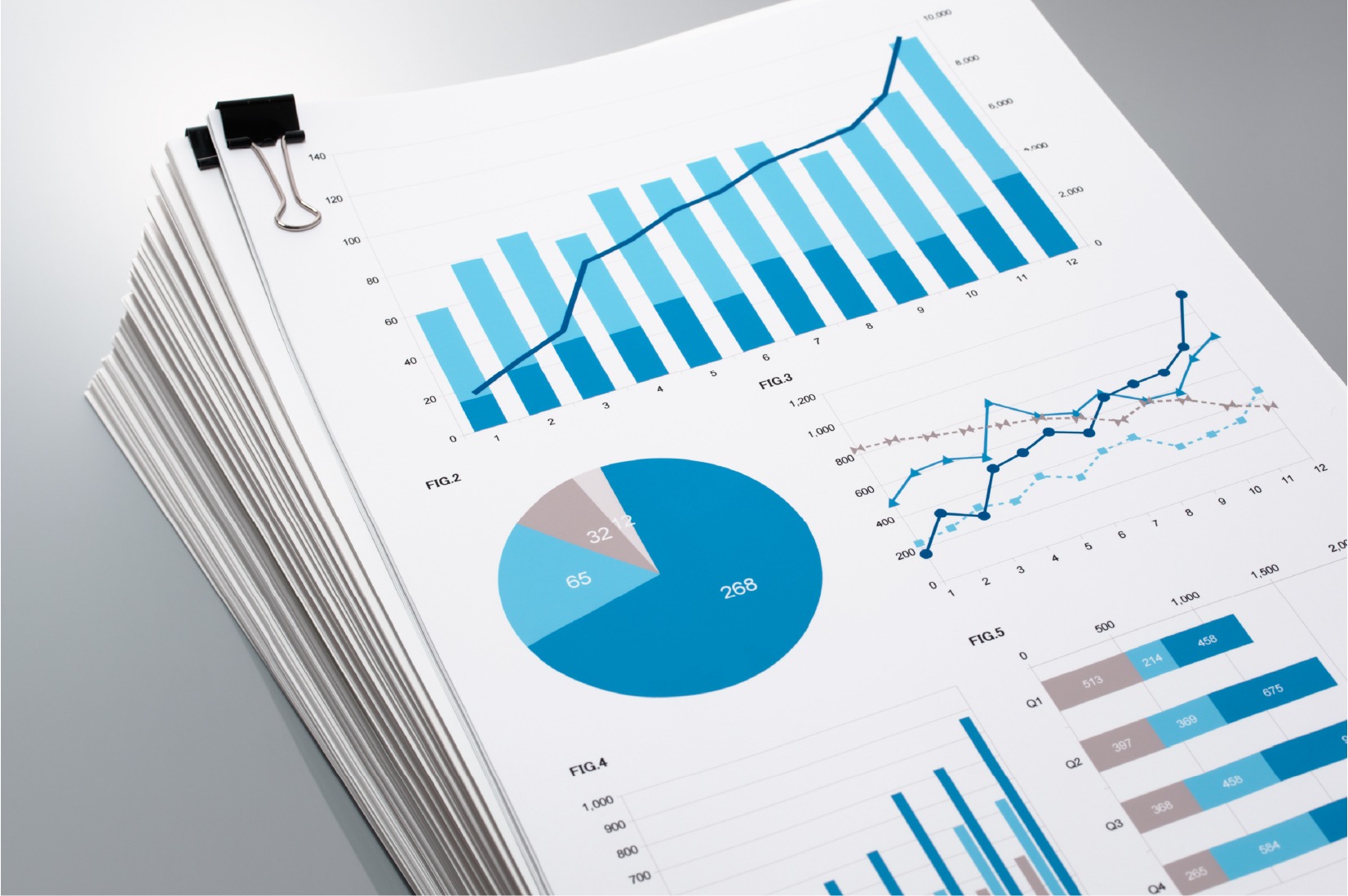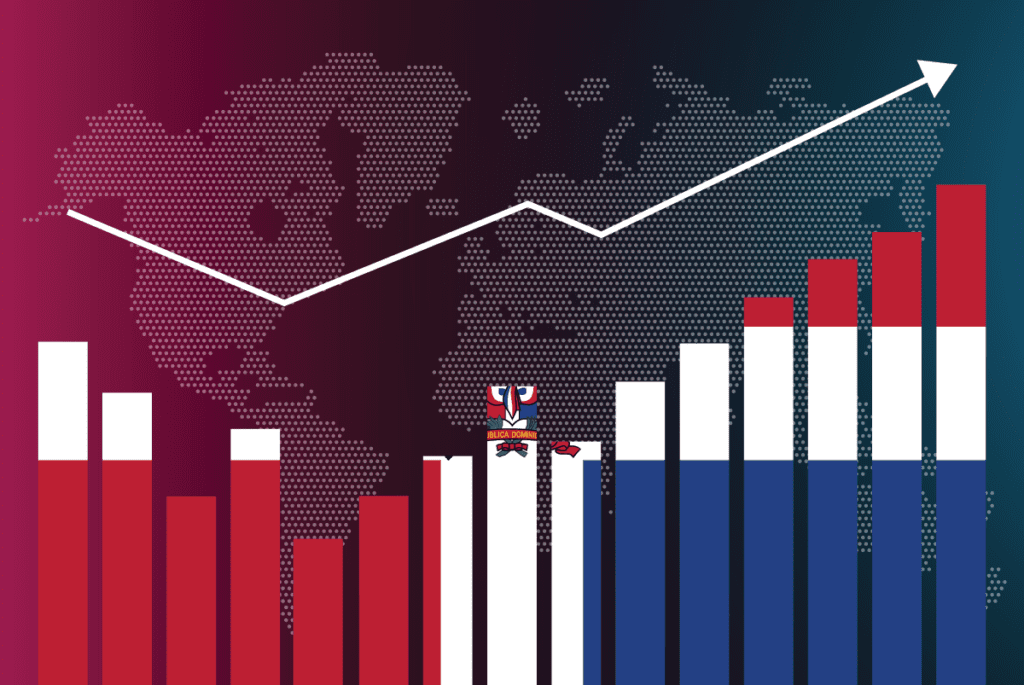Ir a
Publicaciones destacadas
El lugar al que acuden los líderes para obtener información sobre las últimas tendencias del mercado, la industria y los negocios. Lea también sobre nuestras ideas más innovadoras y cómo se ponen en práctica en los mercados e industrias a los que servimos.
Explora todos los Insights

PR Banking Industry Report - January to March 2016
23 de junio de 2016 1 minuto de lectura
The banking industry kicked off the year on a positive note, posting a solid industry-level Pre-Tax ROE of 8.4%, despite the continuous reduction in economic activity. This reduction is clearly reflected in the drop in loan originations, impacting the revenue generating capacity of the banking system. In this issue, we will provide a 10-year review of mortgage originations by depository and non-depository institutions as well as a 5-year analysis of market share fluctuations. The number of institutions originating mortgages in 2015 reached 35, down from a peak of 53 in 2006 (-18 or -34%). In terms of mortgage origination count, the Island experienced a steep drop from 95.5K in 2005 to 21.6K in 2015 (-73.9K or -77%) while the dollar volume decreased from $12.7B to $3.5B (-$9.2B or -73%). Among depository institutions, Popular leads the way commanding 34% market share (dollar volume), followed by Santander and FirstBank both with 18%. Among non-depository lenders, Moneyhouse (17%), SunWest (9%), and Preferred (9%) are the leaders. Given bleak prospects for renewed growth in the near future, loan originations and banks' earnings potential will remain subdued.

PR Banking Industry Report - January to December 2015
17 de marzo de 2016 1 minuto de lectura
In this final issue of 2015, we will be highlighting the main local banking trends of the past 10 years and offer our outlook for 2016. In the last decade, total employment has decreased by 20%, real GNP by 14% and the GDB's EAI by 19%. Looking at macro banking trends specifically, the number of retail banks has decreased from 10 to 5, the number of branches has been cut by 34%, and total assets have experienced a reduction of 42%. Delinquency levels have remained at very high levels, with noncurrent loans and leases ratio averaging 10% in the 2006-2015 period compared to 2% between 2002 and 2005. Credit losses have translated into a deterioration of the pre-tax return on equity (ROE) of the local banking system which averaged 1.4% during the 2006-2015 period, compared to 17% between 2002 and 2005. Notwithstanding tough local market conditions, during the past years banks have done an extraordinary job at reducing the amount of troubled assets and have dramatically increased capital levels (risk-based capital ratio of 18.6% in 2015 vs. 10.6% in 2006). As a result, the banking sector currently boasts a much healthier balance sheet and a more robust capital position which will allow it to face the additional economic and financial stress expected for 2016 and beyond.

PR Banking Industry Report - January to September 2015
2 de diciembre de 2015 1 minuto de lectura
The local banking industry continues to weather the storm of economic and fiscal malaise that is gripping the Island. It has maintained positive, albeit modest, levels of profitability during YTD 2015, reaching a Pre-Tax ROE of 6.2% on a consolidated level. Profitability by individual bank exhibited notable variability. Popular, Scotia and Santander posted relatively strong levels of profitability, with Pre-Tax ROEs of 9.7%, 8.9%, and 7.2% respectively, while First Bank and Oriental produced ROEs below 1% (0.9% and 0.3%, respectively). Higher provision expenses due to heightened credit risk stemming from uncertainties regarding PR government assets and current shaky economic grounds, have adversely impacted local banks' 2015 performance. Nevertheless, a strong capital base provides banks with an adequate cushion to assimilate potential future losses. Given the importance of the auto industry for the local economy and specifically for local banks and other financial institutions, this issue will provide an overview of key auto trends. New auto sales in Puerto Rico peaked in 2005 with 140,400 cars sold, dropping to 88,175 in 2014 (-52K units or -37%), continuing a downward trend in YTD 2015. This trend has important implications for local banks as well as for already strained public coffers.

PR Banking Industry Report - January to June 2015
13 de octubre de 2015 2 minutos de lectura
The local banking industry on a consolidated basis has been able to maintain positive returns in the first half of 2015, reaching a Pre-Tax ROE of 5.9%, highlighting the resilience of this sector despite steep challenges in Puerto Rico's operating market. The Island is undoubtedly traversing one of the most challenging economic and fiscal periods of its post-World War II history, as has been consistently chronicled in past issues. Real economic output has decreased by close to 15% since FY 2006, the liquidity drought that ails the government could ultimately lead to a partial government shutdown and population decline continues unabated reaching historic proportions in 2014 with a net migration of -64,000. Furthermore, on Aug. 1 the government made an incomplete payment to cover the Public Finance Corporation's (PFC) debt which has been seen by Wall Street and the investor community as the Commonwealth's first-ever default. Given current elevated capital ratios, the industry will be able to withstand additional economic deterioration in the short-term. However, a worsening of economic and fiscal conditions may lead to higher non-performing loans, higher credit provisions and a depletion of capital levels. This issue will briefly examine local credit unions exposure to $1.1 billion in PR government debt, sector which might be dealt a hard blow if public sector defaults continue.

PR Banking Industry Report - January to March 2015
19 de junio de 2015 1 minuto de lectura
The local banking industry underwent a reconfiguration during the first quarter of 2015 after federal and local regulators shutdown Doral following years of struggling with profitability and inadequate capital levels. Popular and FirstBank aptly seized the opportunity of acquiring a large part of Doral's assets and deposits, further strengthening their leading position in the local market. The reshaped banking industry registered a pre-tax ROE of 8.0% in Q1 2015, showing a strong improvement vis-à-vis 2014 despite operating in a challenging environment. The most recent macroeconomic and fiscal indicators point to continued economic contraction in fiscal years 2015 and 2016 and severe governmental liquidity problems which will continue to pose challenges for local banks. However, extremely strong capital levels will help banks cope with potential future difficulties. Delinquency ratios continued to increase in Q1 2015, trend that must be closely observed. In this issue, given the profound economic and fiscal issues Puerto Rico is facing, an analysis of the exposure of local banks to government-related assets and deposits is presented. Lastly, given the growth in assets of International Banking Entities, a brief analysis of this important sector of the Island's financial system is also put forth.

Customer Profitability Analysis for Better Decisions
4 de mayo de 2015 1 minuto de lectura
We are proud to present our latest insights to the banking industry through the publication of the "Customer Profitability Analysis […]

PR Banking Industry Report - January to December 2014
6 de abril de 2015 1 minuto de lectura
The local banking industry posted modest earnings in 2014, reaching a Pre-Tax ROE of 3.4% on a consolidated basis. When excluding Doral, which was ultimately closed by the OCFI and the FDIC after years of financial and legal troubles and was the only bank to report negative returns in 2014, the pre-tax ROE of the industry reached 6.8%. While productivity levels improved in 2014 vis-à-vis 2013, as did capital levels, the delinquency ratio for the industry, after four consecutive years of decline, experienced some deterioration. The 90+ days past due non accruing ratio increased from 6.0% in 2013 to 7.3% in 2014. In anticipation of potential future losses due to nonperforming assets and a macro-economic environment riddled with uncertainties, local banks have increased their loan loss reserves. Doral, after struggling to survive for several years, was ultimately closed by the FDIC and partially bought by Popular and FirstBank, who will further solidify their positions in the local banking market. In this issue we analyze some of the potential impacts of the 2015 tax reform, whose major component is the introduction of a value added tax (VAT), on the overall economy and specifically the banking sector. There are both downsides and upsides to the proposed transformation of the Island's tax code.

PR Banking Industry Report - January to September 2014
2 de febrero de 2015 1 minuto de lectura
The local banking sector reached positive returns in 2014 YTD, registering a pre-tax ROE of 3.1% (8.3% excluding Doral), despite the ongoing acute fiscal and economic challenges. Economic activity continues to contract according to the GDB's Economic Activity Index and job numbers remain at historically low levels. Falling oil prices should provide a much needed, although limited, positive impact on the Island's economy, increasing consumers' disposable income. Still high credit provision levels and decreasing leverage continue to adversely affect profitability of banks. Capitalization levels continue to be strengthened for all banks except Doral, which is now considered significantly undercapitalized by the FDIC. Delinquent loans have been creeping up in recent quarters, trend that should be closely monitored.

V2A is celebrating 10 great years!
22 de octubre de 2014 3 minutos de lectura
It's been 10 great years and they have gone fast! Our journey began in 2004 as the phrase Vision to […]




